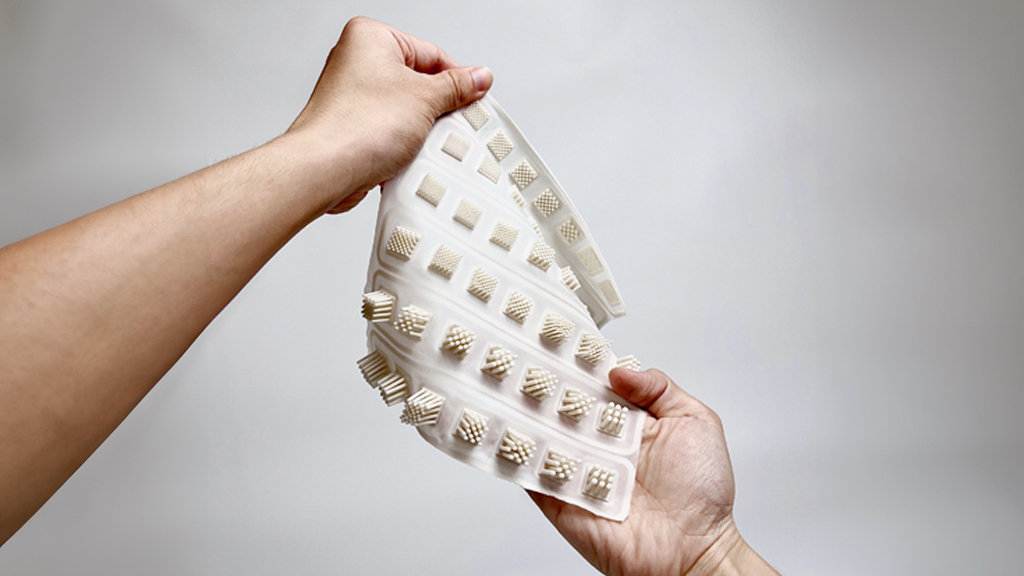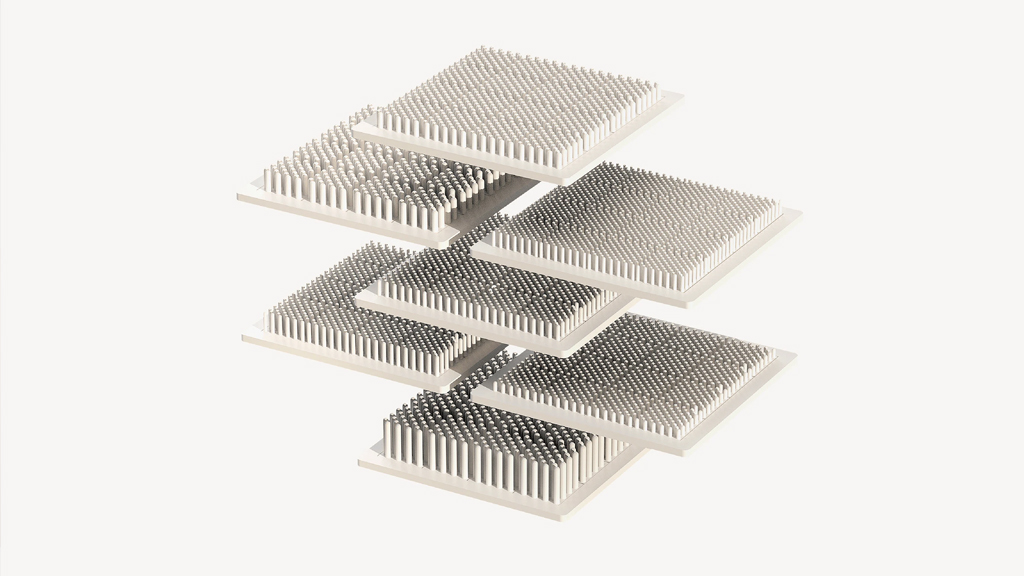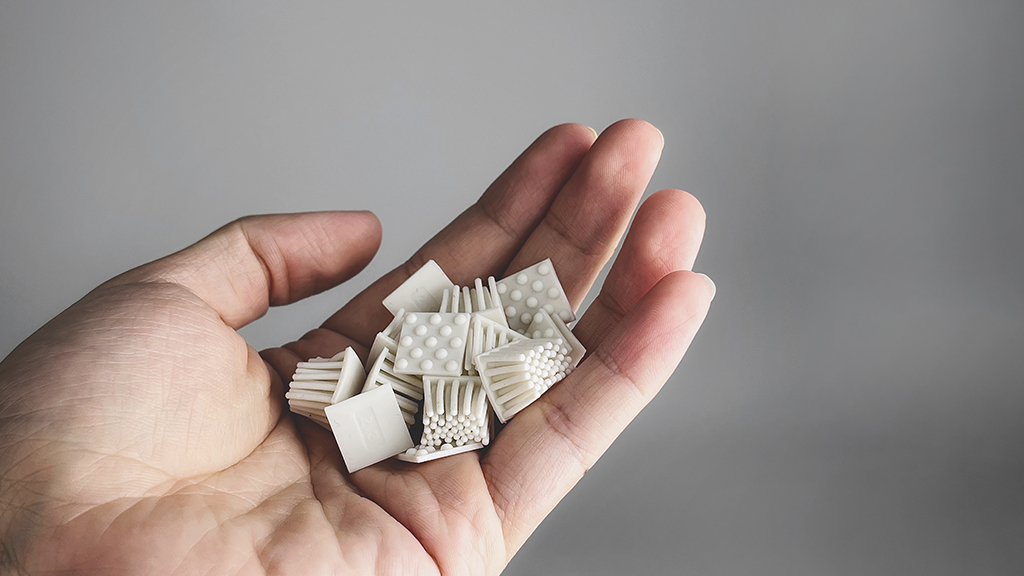
Mapping the Invisible: A Research Framework for Silicone Bristle Innovation
Commissioned by NION, this tactile study focused on understanding and optimizing the feel and performance of silicone bristles in beauty and personal care tools. The aim: to build proprietary data, create better user experiences, and reduce development costs for future products involving touch-sensitive surfaces.

Requirement
The client’s goal was to become a recognized leader in silicone bristle technology. GizmoSpring set out to gather primary data, define bristle specifications, and demonstrate a cost-effective, scalable approach that could support future product lines like facial cleansers and hand scrubbing tools.
Keywords:
- Bristle expert
- Primary data
- Minimum cost
- Our specification
- Convincing
- Future application
Framework
The research process was divided into stages — starting from user segmentation, hypothesis development, validation, and finally, product design application. Each step aimed to minimize costs while generating credible, testable data.
Key Phases:
- Exploration and segmentation
- Hypothesis and validation
- Functional definition
- Marketing collaboration
- Product application

Convincing Research
We studied existing brush products to analyze variables that influence tactile feedback. This formed a “tactile map,” helping the team visualize which combinations of bristle length, thickness, spacing, and hardness offered the best performance and comfort.
Cost Strategy
To reduce development costs, we focused on testing the minimum viable bristle units. Simplified prototypes allowed for quicker validation with smaller molds, ensuring that every cost step contributed directly to data collection and refinement.

Primary Data Development
Rather than relying on secondary industry data, GizmoSpring worked with NION to gather firsthand user insights — especially from facial beauty routines. These insights were organized and discussed with marketing teams to precisely inform final product design.
Variables
The project mapped out multiple influencing factors:
- Bristle geometry (length, thickness, spacing)
- Material hardness
- Vibration intensity
- Specific patterns for face, body, or massage use
This helped create a functional matrix of silicone textures and designs for testing.
Refinement
A bristle matrix was developed showing all combinations of thickness and length. Each unit was numbered to make categorization and feedback easier during segmentation and user testing.
Segmentation
The face was divided into oily, sensitive, and normal zones, each with its own bristle needs. Matching textures were grouped into categories for face, body, and massage use, then validated against user preferences.
Customized Tools for Validation